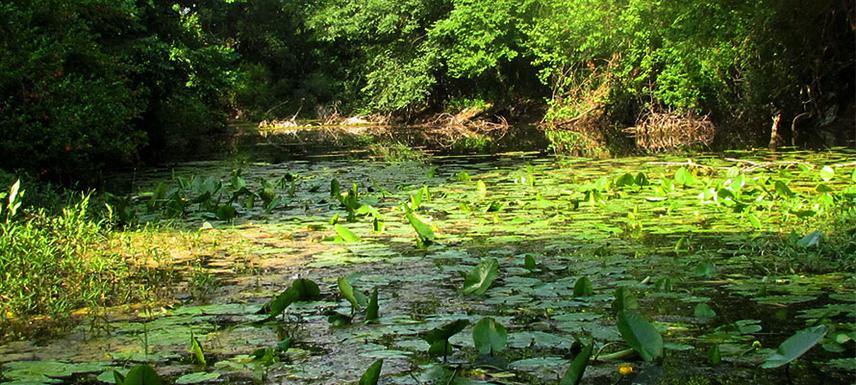Social media video featuring the project.
DPCG - Ugroženost barske kornjače Emys orbicularis u Crnoj Gori
22 Jul 2014 Danilovgrad, Montenegro, Europe
Conservation of the European Pond Turtle (Emys orbicularis) and Hermann's Tortoise (Testudo hermanni) in Montenegro
Our aim is to get information about potential habitats of European Pond turtle, record all threats which this spaces face with, and gather tissue samples for DNA analysis.

Emys habitat.
The European Pond turtle (or terrapin) has a wide distribution throughout continental Europe and North Africa, but in some countries it has long been extinct. This species is on the List of protected plants and animals of Montenegro (“Official Gazette of RM”, No. 76/06) and we will gather precise information about potential habitats at Central part of Montenegro. The populations of the European Pond Turtle are threatened due to many factors, first off all loss and destruction of habitat. In order to protect this species we will record all threats which this spaces face with and suggest restoration of some habitats.
During this research we will gather tissue samples for DNA analysis, and distribute promotional material posters and educational leaflets. Thanks to the collected data we will organize lectures in schools and at the Department for Biology-Faculty of Mathematics and Natural Sciences at Podgorica, also organize meeting for interested groups from Montenegro (in Podgorica, Montenegro, in October 2014) and distribute leaflets with the team - the distribution, threats and protection of this species. Awareness campaign for conservation of the European Pond Turtle and their importance to biodiversity of Montenegro is also required, due to limited knowledge or general public's ignorance toward Reptiles.
Municipality of Danilovgrad and Podgorica will be informed about strong adverse effect on this species on their territories and ask for help in solving this problem. This study will be a good guideline on further steps to be taken in order to protect this species. First step will be to monitor this species at Zeta and Bjelopavlici Plain, area with rich water system and fast urbanisation, where we will check a potential habitat suitable for this species and record all threats. When we collect enough samples we will do DNA analysis in order to determine how big are populations and whether they are related to each other.
Social media video featuring the project.
DPCG - Ugroženost barske kornjače Emys orbicularis u Crnoj Gori